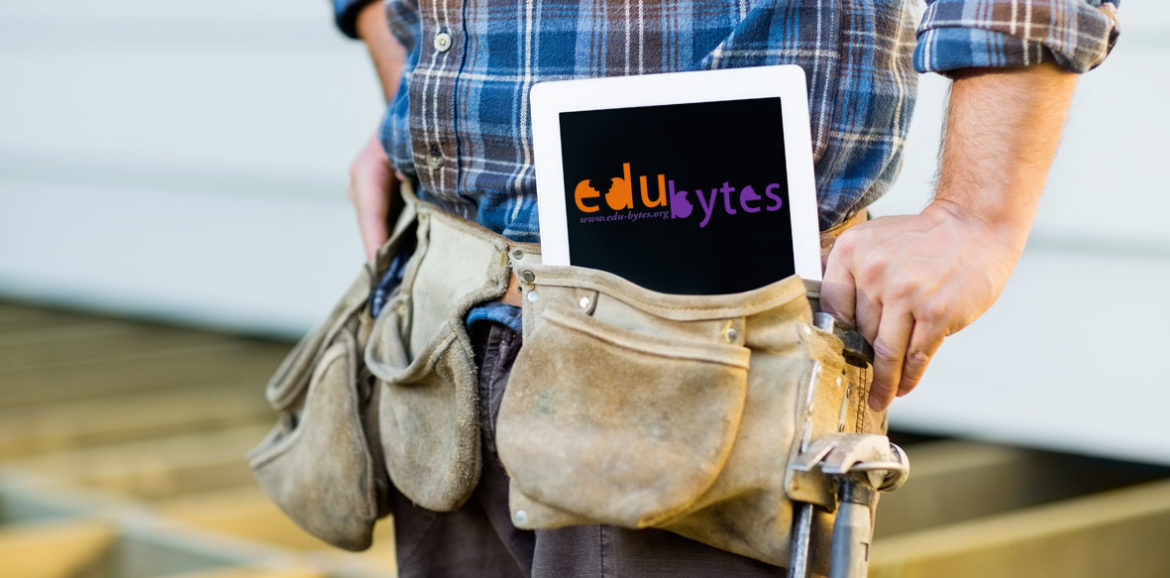Most RTOs give their students boring PDFs, text books, or ‘learner guides’ written by RTO compliance gurus with zero understanding of the trade, and zero industry experience.
Boring!
The best way to learn a trade is by watching and doing. Ask any apprentice or student, and they will tell you they prefer this learning style, every time.
With many RTOs now forced to deliver content on-line, it has been the perfect opportunity for RTOs to create really engaging on-line lessons for trades
However, it has been disappointing to see that ‘going on-line’ for many RTOs has meant sticking a talking head in front of a web-cam and using ‘Zoom’ meetings or ‘on-line classrooms’ to teach trades.
I’m sorry, but that model of ‘on-line training’ is really second-rate and a terrible learning experience for students. That’s not on-line training; its just a poor imitation of trainer led classroom lectures.
If you have ever learned a new skill by watching a YouTube video you will know that is possible to learn a skill by watching the performance of a practical skill on-line, and then copying the ideas yourself. Every day people are learning this way; baking a cake, fixing a car, building a wall, painting a scene, playing a musical instrument; you can learn all of them on-line. Why not use this teaching medium in VET?
High quality on-line education is creative, fun, and engaging for both the trainer and the student. Multi-media video and animation can demonstrate practical skills and theoretical concepts. Real life case studies make learning come alive, and interactive scenarios can mimic what happens in the real world.
Multi-media e-learning content is perfect for international students who may not have English as their first language, and are ideal for students with poor LLN. You can’t beat visual stimulation combined with audio to drive home the required knowledge.
One of the biggest barriers to creating quality on-line resources for RTOs is the cost. It can cost hundreds of thousands of dollars to create the hundreds of video lessons that make up an on-line course. Fortunately there are now affordable options. On-line video libraries like Youtube have lots of free content, but you have to be careful to choose videos that illustrate best practice, and that are relevant to your student cohort. For example, many videos are made for the U.S. market and use American terminology, standards, and imperial measurements such as pounds, feet and inches; completely useless for students in Australia.
It is also really important to ensure the video lessons are integrated into the assessment process. For example, there is not much point using a video if it doesn’t illustrate the skill being carried out safely or correctly. There must be a purpose to using the video; it’s not just a nice resource to have; make it the centrepiece of your training.
Edubytes and Ammonite Marketplace have the biggest collections of high quality multi-media content for teaching trades in the building industry. These libraries were created by experts in instructional design, and by trainers who come from the industry they are teaching. Using pre-made content can save the RTO hundreds of thousands of dollars in development costs. Pre-made content is not free; but neither is a quality trainer.
Next time you update your learner guides, are you going to churn out the same tired old PDF content, or bring your training delivery into the 21st century?
Author: Daniel Wurm is head of instructional design at Edubytes, Australia’s leading learning content provider for the CPC training package.

